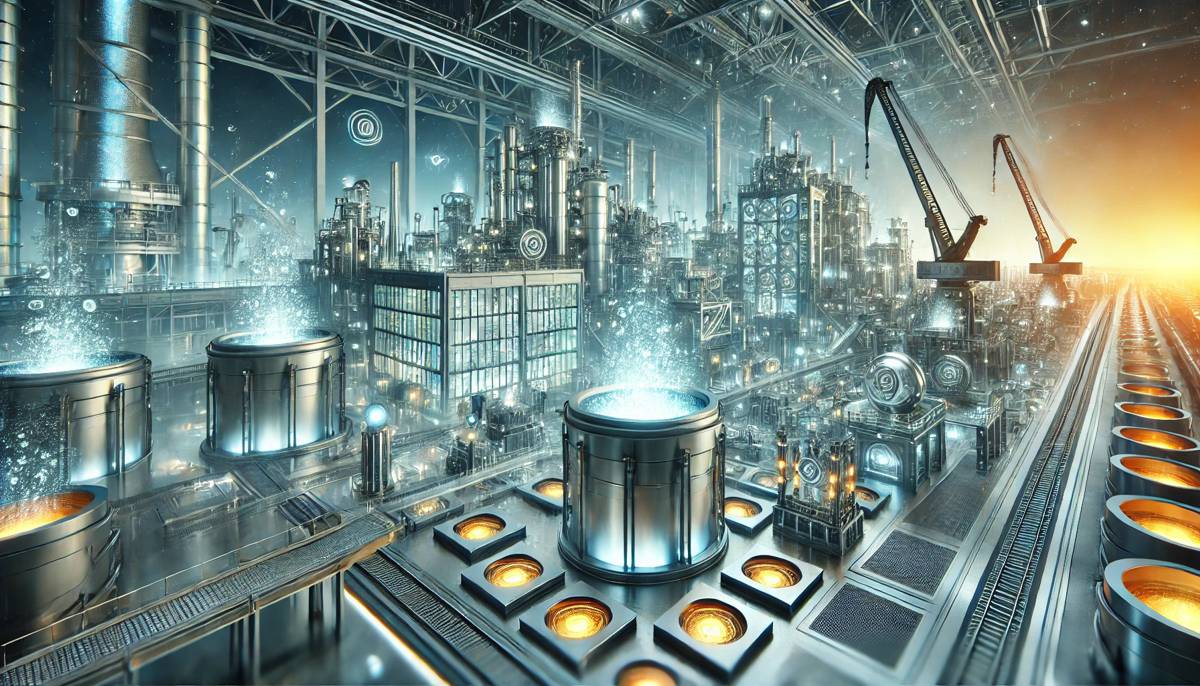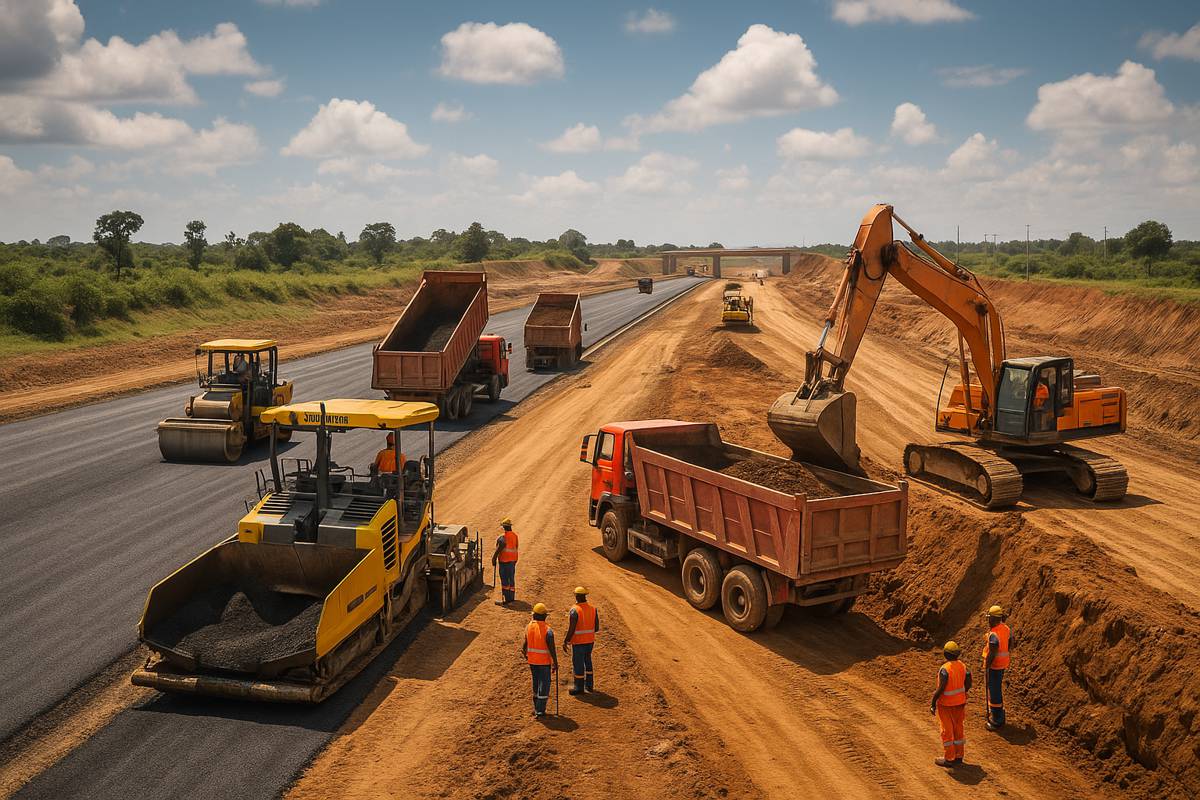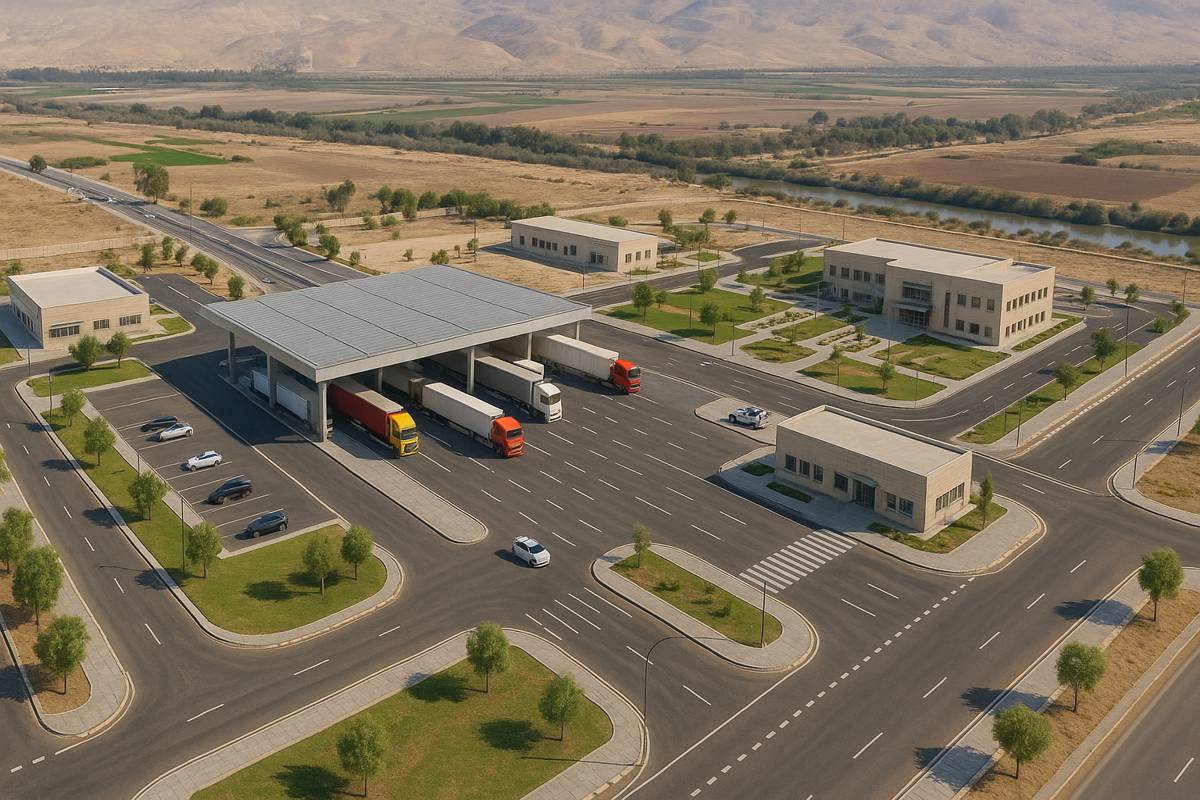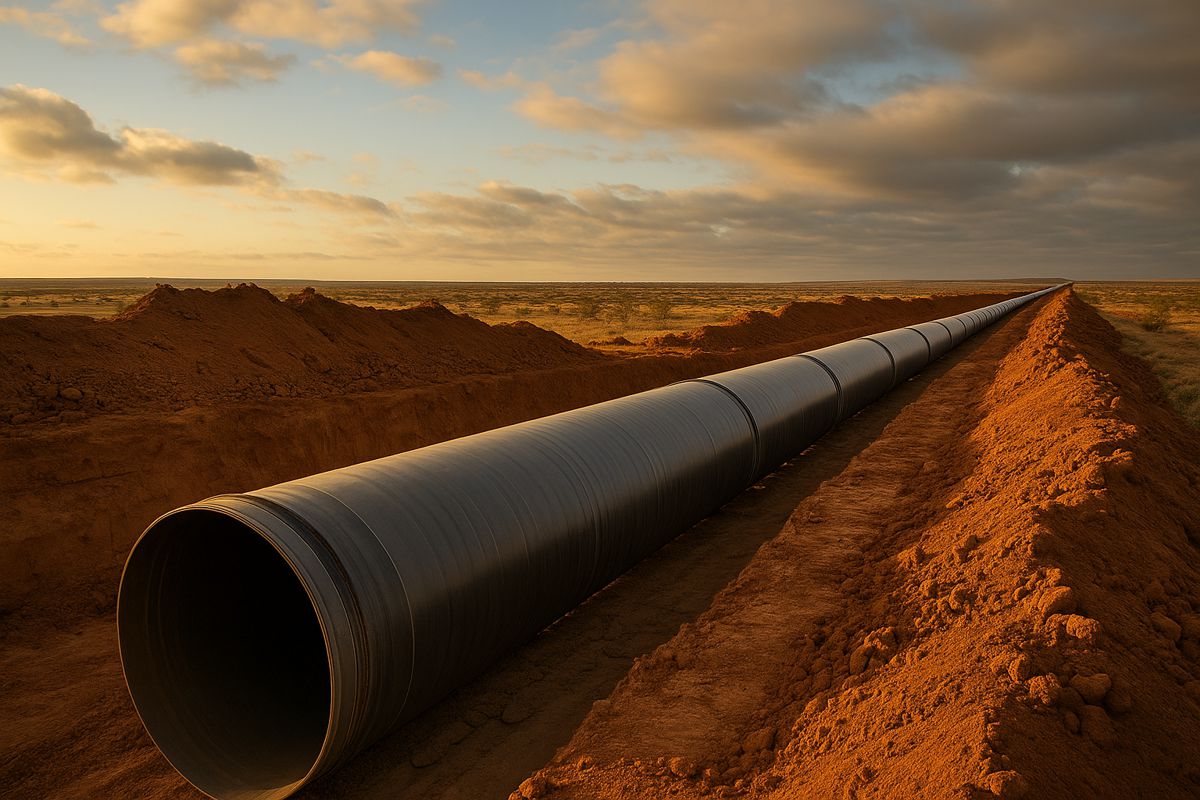Electrifying Steel to revolutionise Manufacturing and Beyond
Electrolytes—the unsung heroes of many electrochemical processes—are not just the key to powering electric vehicles but may soon be a crucial player in transforming heavy industries like steelmaking.
Researchers at the cutting edge of science are exploring how designing new electrolytes could slash greenhouse gas emissions and bring the steel industry closer to its decarbonisation goals. But that’s only the beginning. The potential applications of these advancements stretch beyond steel, touching sectors as diverse as cement production and energy storage.
The Role of Electrolytes in Modern Technology
At the heart of every battery lies an electrolyte—a material that allows charged particles, or ions, to travel between the positive and negative electrodes, driving the battery’s function. In simple terms, electrolytes enable batteries to store and discharge energy through an electrochemical process. This function is essential not just in electric vehicles but in a wide range of technologies that rely on efficient energy storage.
Yet, while most of us associate electrolytes with batteries, they are also central to other electrochemical processes, such as the purification of metals. One area of particular interest is the use of electrolytes to convert iron ore into iron metal or alloys—a method that could revolutionise steel production.
By finding an electrolyte that remains stable under the extreme conditions required for steelmaking, scientists believe they can eliminate the need for energy-hungry blast furnaces and drastically reduce carbon emissions.
The Steel Revolution
The race to make steel production more eco-friendly is heating up. Enter the Centre for Steel Electrification by Electrosynthesis (C-STEEL), a new research initiative led by the U.S. Department of Energy’s (DOE) Argonne National Laboratory. C-STEEL aims to decarbonise steelmaking by using an innovative electrochemical process rather than traditional, carbon-intensive blast furnaces.
Currently, the production of steel is responsible for a significant portion of global carbon emissions, mainly due to the enormous energy required to run blast furnaces. These furnaces operate at extremely high temperatures, using vast amounts of fossil fuels. By developing new electrolytes that can be used to refine iron ore, C-STEEL’s researchers hope to change the game, replacing these furnaces with a more energy-efficient, low-carbon process.
In a recent study published in CHEM, Argonne researchers outline their innovative approach to designing electrolytes for various electrochemical processes, including the production of steel. “With this approach, scientists should be able to develop electrolytes for not only electric vehicle batteries but also the decarbonised manufacturing of steel, cement, and various chemicals,” said Justin Connell, a materials scientist at Argonne and deputy director of C-STEEL.
New Electrolytes: More Than Just for Batteries
Typically, the electrolytes found in batteries are made up of a salt dissolved in a liquid solvent. For instance, sodium chloride (table salt) can dissolve in water to create a simple electrolyte. However, electrolytes in modern batteries are much more complex, and their composition determines the battery’s efficiency and lifespan. One of the key features of a well-designed electrolyte is that it must balance the number of positively charged ions (cations) and negatively charged ions (anions) to remain charge-neutral.
In the world of research, much effort has gone into tweaking the solvent to improve electrolytes. But, according to Connell, a more promising avenue is to focus on changing the anions in the salt rather than endlessly adjusting the solvent. “In our view, the best path forward to improved electrolytes is mainly through different anions for the salt,” Connell explained. “Changing the anion chemistry could lead to both more energy-efficient electrochemical processes and a longer-lasting electrolyte.”
The Search for the Perfect Ion Pair
One particularly exciting concept the Argonne team is exploring is the creation of contact ion pairs. In most electrolytes, the solvent surrounds the cation as it moves between electrodes. For example, in lithium-ion batteries, lithium cations are usually paired with anions such as fluorine phosphate (PF6). However, by replacing the solvent with carefully chosen anions, scientists can form these ion pairs directly, potentially improving the efficiency of the entire electrochemical process.
But with countless potential anion-cation combinations, how do researchers determine the best pairing for a particular application? Here, the team is turning to cutting-edge computational tools, including machine learning and artificial intelligence, to help predict the most efficient combinations. By running simulations, researchers can narrow down their options and design electrolytes tailored to specific processes, including the decarbonisation of steelmaking.
Beyond Steel
Although steel production is the initial focus of C-STEEL’s research, the implications of their work could extend far beyond the boundaries of the steel industry. The same principles used to develop electrolytes for steel could apply to other energy-intensive industries, such as cement production. In fact, the ability to create efficient, long-lasting electrolytes could have a ripple effect across many sectors, providing a way to reduce emissions while improving energy efficiency.
Additionally, the potential benefits extend back into battery technology itself. If successful, the development of new electrolytes could lead to significant improvements in electric vehicle batteries, including increased range and faster charging times. This could accelerate the transition to electric vehicles, further reducing global carbon emissions.
A Greener, More Efficient Future
The potential impact of this research is immense, both for the steel industry and for other sectors grappling with the challenge of decarbonisation. As researchers continue to refine their methods, the next generation of electrolytes could open doors to more efficient manufacturing processes, energy storage solutions, and sustainable industrial practices.
The work conducted by Argonne National Laboratory is a testament to the power of scientific innovation in addressing some of the world’s most pressing challenges. The U.S. Department of Energy’s Office of Science, the largest supporter of basic research in the physical sciences in the United States, continues to fund these efforts in the hope of delivering solutions that could change the world.
As Connell noted: “With these principles in mind, we hope to discover an affordable, long-lasting electrolyte that yields the most efficient process for making iron for steel.”
This discovery could be the catalyst for a larger revolution, one that sees electrolytes playing a central role in the quest for sustainable manufacturing and energy solutions.




















